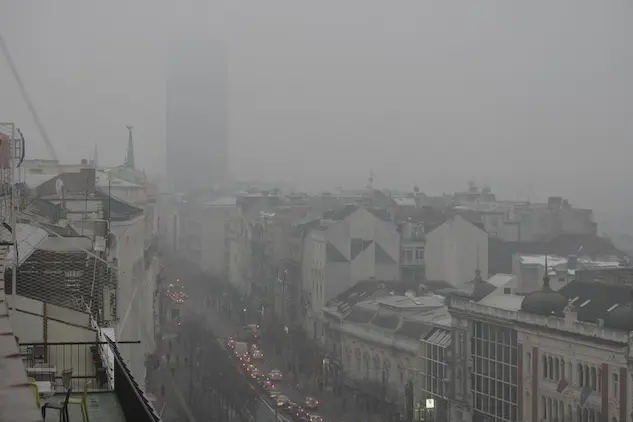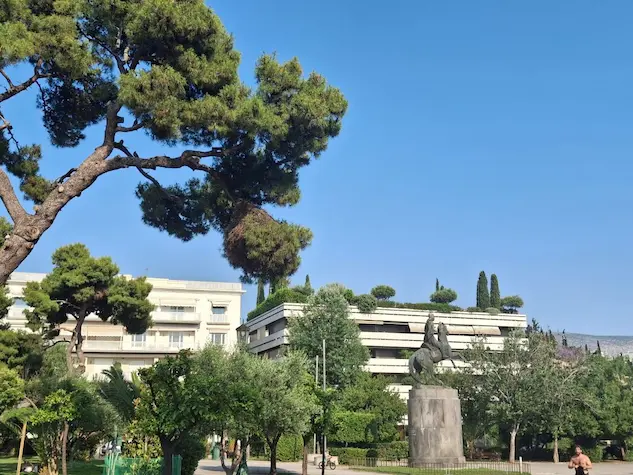Sustainable Urbanization
Air Quality in the Balkan Capitals: Confronting the Urban Sustainability Challenge

Mapping Equitable Access to the City with CThood: Interview with Vasileios Milias.

Above the Heat: Why Cities Need White Roofs Now

Urban Heat Adaptation in Action: Cool Cities for All

From Risk to Resilience: Urban Heat Adaptation in Action

Age-Friendly City for the Silver Generation

As cities confront rapid population aging, age-friendly urban planning is emerging as both a social necessity and a strategic growth opportunity. This paper explores how aligning urban design, housing, and local economies with the needs of older adults can drive…
Beyond the Stage of the ITS European Congress 2025: Technologies in Motion, Ideas in Action

From self-driving shuttles to lidar at intersections, the ITS European Congress 2025 brought smart mobility into the spotlight — with clarity, ambition, and real traction. Earlier, we have summarised the key themes and insights from the ITS European Congress 2025…
Best Urban Sustainability Indices (Part II): Inside the Methods and Trade-offs

Smart Tools for Safer Streets: How Women Navigate Cities with Confidence

In cities worldwide, safety isn’t a given – especially for women. Every day, travel can carry hidden risks: a shortcut home might feel like a thriller scene, and a stranger’s footsteps might echo too loudly. But fear shouldn’t be part…
Urban Heat and Green Infrastructure: Lessons from Belgrade’s Record Summer

As summer approaches and the risk of extreme heat increases, it is worth recalling what happened last year. The summer of 2024 placed Belgrade among the cities experiencing record-breaking heat waves, with temperatures soaring above 40°C during several consecutive days,…